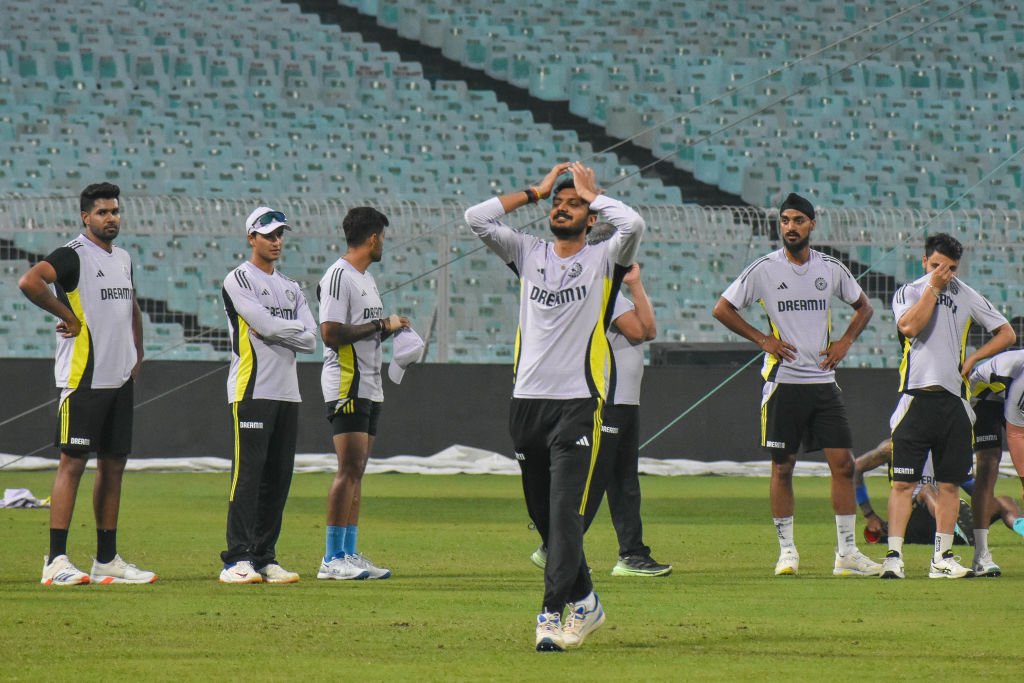
The Board of Control for Cricket in India (BCCI) has consistently demonstrated a cautious and patient approach when managing player injuries, especially in the lead-up to significant tournaments. This strategy involves allowing ample time for key players to recover before making decisions on potential replacements, even if the chances of recovery are minimal.
A notable instance of this approach was observed during the 2023 ODI World Cup. All-rounder Hardik Pandya sustained an injury during the tournament, and the BCCI opted to wait nearly two weeks before naming Prasidh Krishna as his replacement. This decision underscored the board’s commitment to giving injured players every possible opportunity to regain fitness before making substitution decisions.
Similarly, during the same tournament, opening batsman Shubman Gill contracted dengue fever. Despite the uncertainty surrounding his recovery timeline, the BCCI chose not to seek an immediate replacement. This patience paid off as Gill eventually returned to the playing XI, contributing significantly to the team’s performance.
Currently, the BCCI faces a comparable situation with premier fast bowler Jasprit Bumrah. Bumrah suffered a back injury during the fifth Test against Australia in Sydney last month and has commenced rehabilitation at the National Cricket Academy (NCA) in Bengaluru. With the ICC Champions Trophy 2025 on the horizon and the squad submission deadline imminent, the BCCI is reportedly adopting a ‘wait and watch’ approach regarding Bumrah’s inclusion. A source familiar with the matter stated, “Even if there is a 1% chance, the BCCI is likely to wait. They did the same with Hardik Pandya as they waited for close to two weeks before getting Prasidh Krishna as a replacement.”
This strategy reflects the BCCI’s understanding of the value that key players bring to the team, especially in high-stakes tournaments. By delaying replacement decisions, the board ensures that players who are integral to the team’s success are given every opportunity to participate. However, this approach also involves a degree of risk, as waiting too long could potentially leave the team without adequate time to integrate a replacement player effectively.
In the case of Bumrah, the BCCI’s decision to wait underscores their hope that he can recover in time for the Champions Trophy. The board is aware that even a partially fit Bumrah could significantly bolster India’s bowling attack. Nonetheless, they are also prepared to request a replacement from the Event Technical Committee if he fails to regain match fitness in time.
This patient approach is not without its critics. Some argue that waiting too long can disrupt team preparations and morale, especially if a replacement player is brought in at the last minute. However, the BCCI’s track record suggests that they are willing to take this calculated risk, prioritizing the potential impact of key players over the certainty of having a fully fit squad.
In conclusion, the BCCI’s handling of player injuries reflects a strategic balance between optimism and pragmatism. By allowing maximum recovery time for injured players, the board aims to field the strongest possible team, even if it means making last-minute adjustments. As the Champions Trophy approaches, all eyes will be on the BCCI’s decisions regarding player fitness and squad composition, with fans hoping that this patient approach yields positive results on the field.
For more news updates and videos, follow 12B Sports India Youtube .

